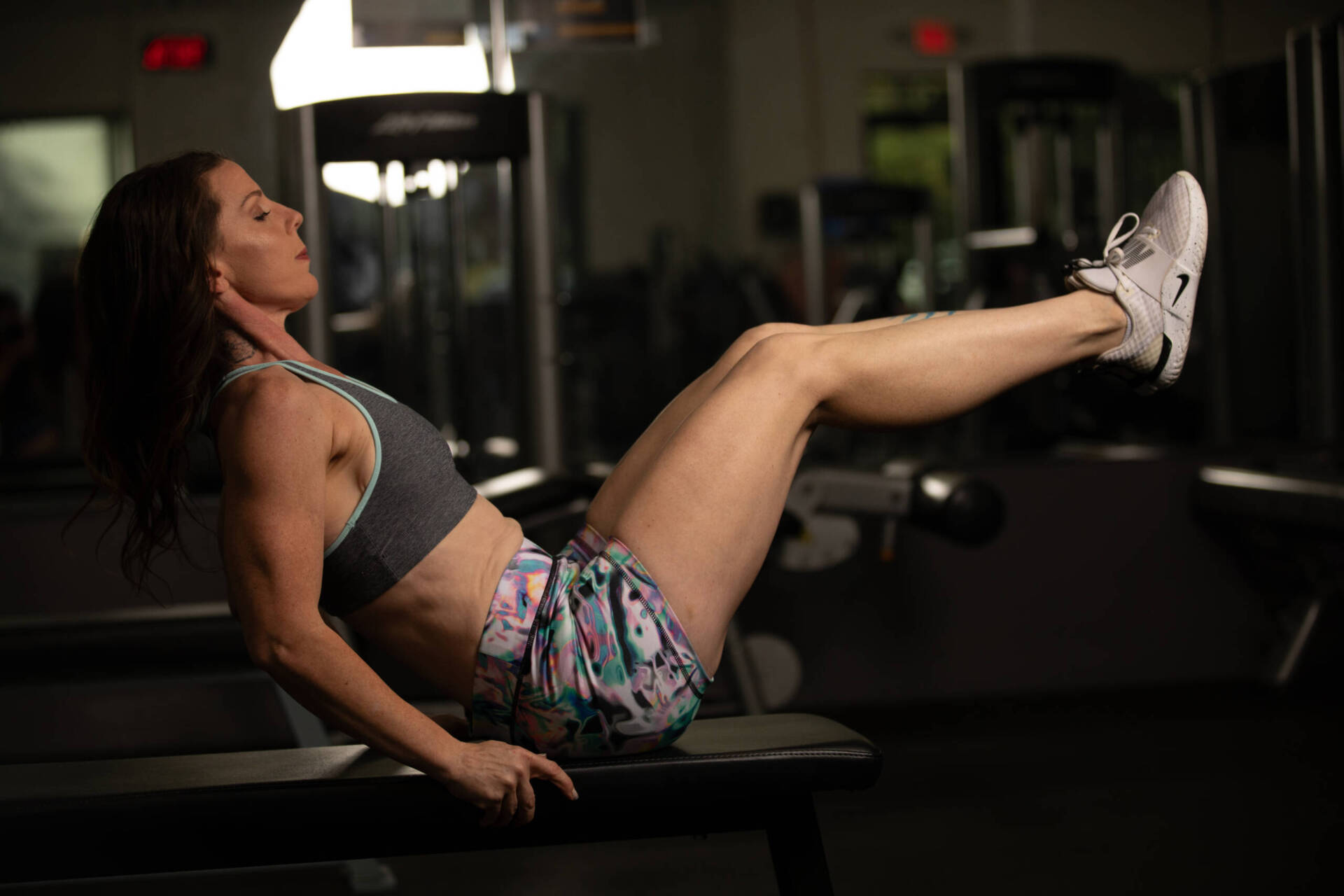Core Workouts That Actually Work:
Creating More Than You Just Abs
Here’s some perspective: your core is, by far and away, more than your abs. Yeah, six-pack muscles are where it’s at, but your core is your whole front-to-back-and-side trunk. It’s your body’s power source, and getting it right makes everything you do stronger, safer, and more efficient.
Whether lifting, running, cycling, or just sitting up straight, a strong core enables it all.



What Is Your Core, Really?
Your core consists of some of the muscles that encircle your trunk in the same way that a weight belt wraps around your waist. These include:
Rectus abdominis (your “six-pack” muscle)
Transverse abdominis (deep abdominal wall)
Obliques (sides of your abdomen)
Erector spinae (lower back muscles)
Multifidus and other spinal stabilizers
Pelvic floor, diaphragm, and glutes also help with core function
Together, these muscles support your back, enable good posture, and enable the flow of power through your body—most importantly, in movement.
Why Core Strength Is Important
Strong core muscles do more than make you appear dashing in a mirror. Here’s why core exercises need to be part of every fitness program:
Improved Athletic Performance
A solid core allows for the transmission of force from the upper body to lower body (and conversely), adding power, speed, and balance to virtually any sport.
Injury Prevention
Imbalanced or weak core muscles can lead to faulty movement mechanics, especially in the hips and lower back. Strengthening the core avoids strains and overuse injuries.
Better Posture and Alignment
Whether lifting weights or sitting at your desk, a solid core allows you to maintain your spine aligned and slouch less.
Functional Strength Daily
From tying your shoes to grocery shopping or twisting to grab something behind you—strength in your core makes daily movement easier and safer.
8 Core Exercises That Actually Work
These exercises are more than mere simple crunches and engage your entire core for real strength and support:
1. Plank
Hold a forearm or high plank position with tight glutes and braced abs. Start at 30 seconds and build from there.
2. Dead Bug
Lie on back, arms out overhead, knees bent to 90°. Extend the opposite arm and leg, with your back pushing into the ground. Control is more important than speed.
3. Bird Dog
From the tabletop position, extend one arm and the other leg, then alternate. Refines core stability and coordination.
4. Russian Twists
Sit on the floor, lean back slightly, and swing your upper body from side to side. Place a weight or medicine ball in for extra resistance.
5. Leg Raises
Lie on your back, contract your core, and slowly lift and lower your legs. Your lower back should stay on the floor at all times.
6. Side Plank
Engages the obliques. Lift hips up and keep your body in a straight line from head to heels.
7. Glute Bridge with March
Activate your glutes and core by marching your legs individually while keeping yourself in a bridge position.
8. Pallof Press (using cable or resistance band)
Great anti-rotation core exercise. Press the band away from you in front of your body without rotating your core.
Pro Tips for Core Training
Train for stability, not flexion: Planks and anti-rotation exercises train true-life strength and protect your spine.
Breathe right: Never hold your breath. Exhale on contraction and stay braced.
Don’t overdo it: Core muscles need rest as well. Train 2–4 times per week.
Form is more important than reps: Quality over quantity always.
Final Thoughts
Core exercises are about building stability in your entire body, not just for the sake of abs. With the right regimen, you’ll be stronger in everything from exercise to life itself—and yes, your posture (and body) will love it too.
Don’t neglect core work. Strengthen your foundation, and everything else gets better.
